Playing sports benefits children in a variety of ways. Unfortunately, many parents move too fast when it comes to placing their children on competitive sports teams, putting undue pressure on children and parents. It is important to remember that when it comes to physical fitness the focus should always be on having fun and learning new skills. And don’t worry, there will always be time for competitive sports as your child grows and expresses an interest.
Moving a child from a crib to a “big kid” bed is a rite of passage some parents would prefer to put off as long as possible. After all, nothing is more comforting than placing your child in their crib knowing they can’t escape.
When you first move your child out of their crib and into a big bed, you may think they will never sleep through the night again. Fear not, however! After a period of adjustment, you and your child will both be sleeping soundly through the night once again!
Transitioning your child from their crib to a bed can be a challenge. It may seem like just yesterday that you finally got your baby to sleep through the night and now you face sleepless nights once again as your child (naturally) tests the limits of this newfound freedom.
Many kids will get up several times a night because instead of rolling over and falling back asleep, they prefer to show up at your bedside. One of the reasons they do this is because their new sleeping situation can seem scary. After all, being by themselves in larger bed with no sides can make them feel insecure at first. Thankfully, with time and a whole lot of patience, things will get better.
If you are contemplating the big switch, here are some tips to make it go as smoothly as possible:
- Reinforce your child’s bedtime routine. If your child is used to a snack, bath and a story before bed, follow this same pattern when they move to a big bed. This will help your child adjust. Speaking of adjustments, don’t make the move out of the crib when there are other big events taking place. This includes potty training or a new baby. Expecting? Make the transition at least three or four months before your due date so your child doesn’t feel like they are being pushed out of their crib.
- Read about it. There are plenty of good books you can read to your child that talk about how exciting it is to graduate to a “big bed.”
- Get your child involved. If possible, let your child pick out the new bed. If you already have one, at least let them pick out some bedding to make it feel like their own. You can make the bed extra cozy with the blanket from their crib and stuffed animals.
- Allow plenty of extra time at bedtime. You may want to start your child’s bedtime routine earlier than usual the first few nights to allow for some inevitable ups-and-downs.
- Let your child know they are doing a great job. For every small step toward adjusting to their new sleeping arrangement, let your child know how proud you are of them. Maybe they only got up twice during the night instead of every hour – that’s progress – and it needs to be acknowledged!
You may think your child will never stay in their bed all night. But it will happen. It just takes a period of adjustment for you and your child.
Premier Academy offers affordable childcare in the Omaha/Elkhorn area. To learn more, visit us at premieracademyinc.com.
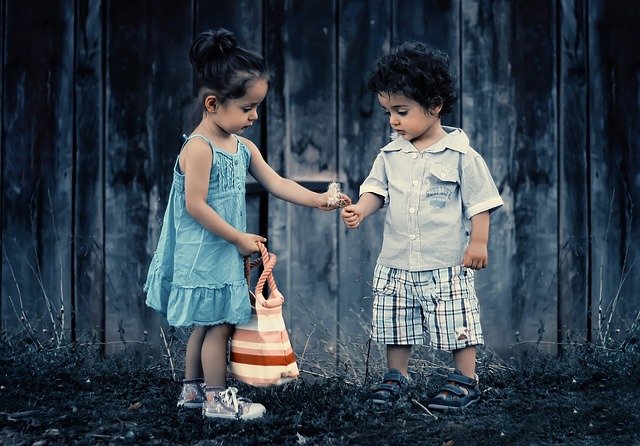
Grateful children are more optimistic children. Ask any child development expert and they will tell you that grateful and optimistic children are happier for the rest of their lives.
An article on romper.com, How to Fit Your Child for Their Own Pair of Rose-Colored Glasses, explains why this is true. According to Dr. Deepika Chopra – who is quoted in the article – “Optimism is much more about resiliency, overcoming struggles, and being able to hold a feeling of frustration, anger, disappointment or sadness.”
These are qualities that are especially important right now as children and families struggle with the impact of the COVID-19 crisis.
“At the very same time, it (optimism) means holding space for hope that something better will come, which is so important especially now,” Chopra goes on to say.
While it’s OK (and very natural) for children to feel a wide range of emotions, it’s important for them to make optimism a priority. As the parent, you can help your child adopt a more positive outlook on life. A bonus is that you will start to feel more optimistic, as well.
Premier Academy offers affordable childcare in the Omaha/Elkhorn area. To learn more, visit us at premieracademyinc.com.

As 2020 draws to a close we wanted to take a look back and remember the top 5 articles as suggested by our readers.
1. Seven Play Based Learning Activities to Do With Your Child
https://www.premieracademyinc.com/7-play-based-learning-activities-to-do-with-child
Each time you play, you are adding another building block of learning. So have fun and enjoy the time with your little one. To get you started here are seven play-based learning activities to do with your child.
2. Importance of School Readiness
https://www.premieracademyinc.com/importance-of-school-readiness/
Learning some “school skills” like lining up and raising hands before transitioning to school will certainly help make the transition to formal schooling easier; however, the best way to prepare your kids to enter school is giving them the chance to fully explore and experiment in an environment with caring adults who guide, support, and extend their learning.
3. Tips for a Smooth Morning Routine for Daycare
https://www.premieracademyinc.com/tips-for-smooth-morning-routine-for-daycare/
Many of us charge off with our to-do lists in hand, thinking that when everything is done (which it never is) we can enjoy life. But what we do every day is life. Our ability to step in time with our children amid the everyday stuff, such as getting out of the house in the morning, takes some organization and a lot of patience. Using these tips for establishing a morning routine can help you get it done.
4. Six Benefits of a Consistent Routine for Kids and Families
https://www.premieracademyinc.com/tips-for-smooth-morning-routine-for-daycare/
Research has shown that children, especially young children, benefit from a sense of structure. While there are many reasons why children need a routine, parenting experts say that the most important one is that a consistent routine for kids helps them to feel secure.
5. Choosing Between a Montessori or Play-Based Preschool
https://www.premieracademyinc.com/choosing-between-a-montessori-or-play-based-preschool/
Many parents wonder whether a preschool that uses the Montessori method is the right choice for their child of if a play-based approach is best.
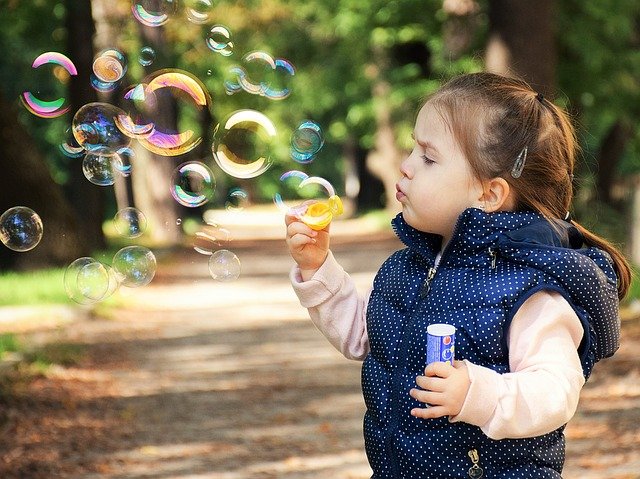
Raising children who are grateful for what they have, and teaching them to not always ask for more, isn’t easy. It is important, however. Grateful children have been shown to be more content later in life, so it is an investment in their long-term happiness. If you are struggling to instill a sense of gratitude in your children, take heart that you are not alone. And be prepared for some struggles. Teaching children to be gracious and thankful takes time, effort and a healthy dose of patience on your part.
Eight Tips to More Grateful Kids
https://www.positiveparentingsolutions.com/parenting/five-tips-grateful-kids
As the holidays approach, there’s no better time to shift our children’s focus toward an attitude of gratitude.
How to Raise Grateful Children in an Entitled World
https://beenke.com/parenting/how-to-raise-grateful-kids/
While “me-me-me” kids are hard enough to deal with now, imagine when they grow up to become demanding, high-maintenance adults that aren’t equipped to handle life when things don’t go their way.
Gratitude for Kids: Why It’s Important and How to Encourage It
https://www.mindfullittleminds.com/gratitude-for-kids-why-its-important-and-how-to-encourage-it/
Studies show that gratitude for kids can be a very powerful tool, with lots of benefits to mental and physical health.
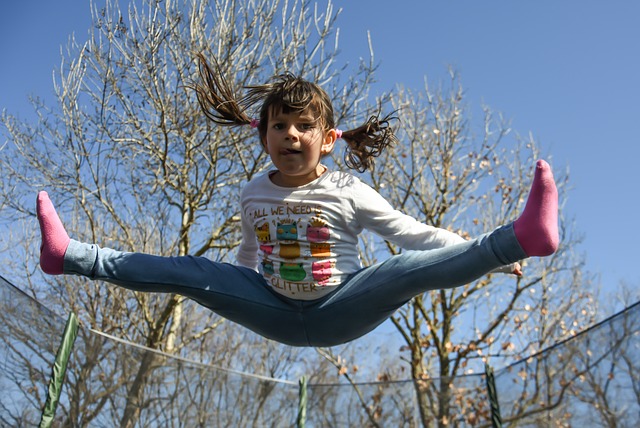
The holidays are here and it is a good time of year to make sure you are raising grateful kids. This time of year allows people to pause and take some time to reflect on their blessings.
As parents, it is important that we teach our children to be grateful, as well. Unfortunately, raising kids that appreciate all that they have been given isn’t always easy. In fact, most parents struggle when it comes to teaching their children to focus on being thankful for what they have – instead of always wanting more.
If you are struggling to instill a sense of gratitude in your children, you are not alone. Read on for some tips to help you raise more grateful kids!
- Be a good role model. When you are grateful for what you have, your children are likely to follow suit. Never miss an opportunity to express gratitude. Your kids will notice. For example, if your spouse does the dishes or your child helps pick up around the house, sincerely thank them and let them know how much it means to you.
- Volunteer. When kids work with the less fortunate, they begin to understand how fortunate they are to have even the most basic things like food to eat and a roof over their head.
- Encourage them to look at the bright side. While disappointments and setbacks are a part of life – and it is fine to feel bad – let your kids know that when one door closes, another one truly does open, and things will get better. And while you should never dismiss their feelings, you also should guard against allowing them to wallow for too long.
- Give experiences instead of things. It is easy to get caught up in the culture of more, more, more. To counter this obsession with material things, consider gifting your children experiences instead of things. One-on-one time with a parent at the zoo, for example, will create more memories than the latest action figure. Turning off the TV and tossing toy catalogs is also a good idea. This will help to limit kids’ exposure to ads designed to make them feel like they need more or newer toys or video games.
- Talk about it! As part of their bedtime routine, ask your children to tell you what happened to them during the day for which they are grateful. Did they make a new friend? Get a good grade on a test? Nothing is too small to be grateful for.
Raising grateful kids is a process but well worth the effort. It is an investment in your child’s future happiness and contentment. What’s more, when all members of your family are grateful, it will create stronger bonds and more happiness and harmony in the home.
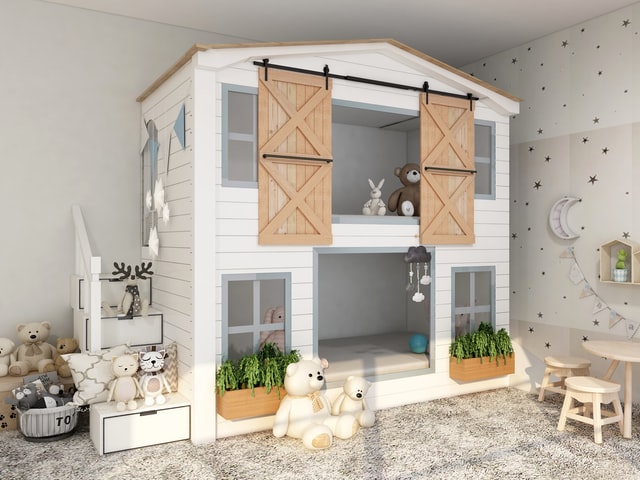
Playing is more than just a way to have fun; it’s also an essential part of healthy childhood development. As parents, you can adapt any space at home and design a playroom where your kids can explore, get creative, and learn. When designing a playroom, it’s crucial to think about it from a kid’s perspective. Our guide shows you how to create a fun and functional kids playroom that your children will love for many years to come.
Check out this article from Porch.com to learn more
https://porch.com/advice/ultimate-guide-design-fun-functional-kids-playroom-home-2
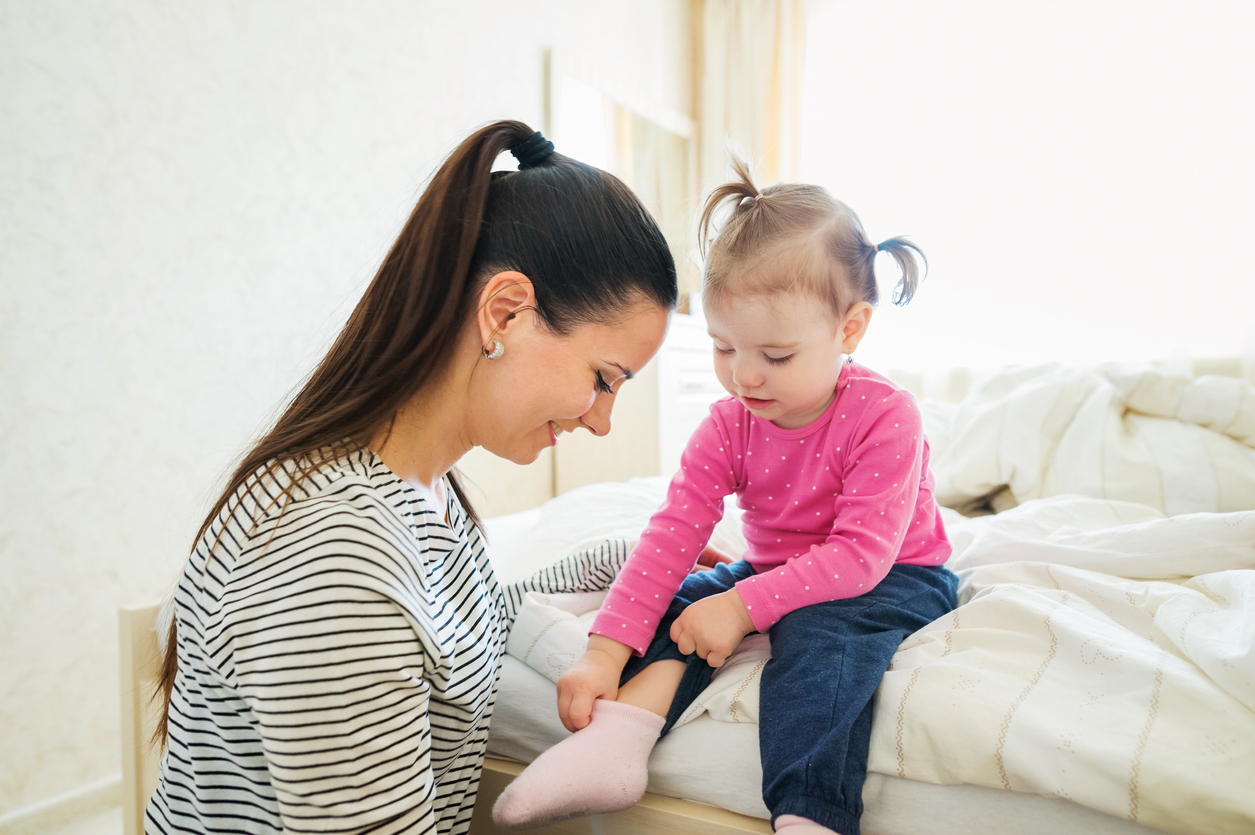
Learning to get dressed on their own builds a child’s confidence and gives them a sense of achievement. And once your child can get dressed independently, it makes your life easier. Unfortunately, the process is not always an easy one and it can be difficult to know if you are pushing too hard or not hard enough. Thankfully, there are ways to help your child gain this bit of independence – without stressing everyone out in the process.
How to Teach a Kid to Get Dressed Alone
https://www.fatherly.com/parenting/teach-kid-get-dressed-alone/
Teaching kids to get dressed on their own is only hard if you try. In other words, allowing your kids to struggle a little bit is a good thing.
When Do Kids Learn to Dress Themselves? The Developmental Progression of Self-Dressing Skills
Little kids really CAN do a lot for themselves when given appropriate opportunities, instruction, and expectations!
Why Kids Fight Getting Dressed
https://www.nytimes.com/2020/01/15/parenting/why-kids-fight-getting-dressed.html
It is the question almost every parent asks: Why is getting children dressed such a nightmare, and when will the nightmare end?
If you are looking for affordable childcare in the Omaha/Elkhorn area, visit us at premieracademyin.com to learn how to get your child enrolled.
Operating Hours
Monday-Friday
Omaha: 6:30 A.M. – 6:00 P.M.
Elkhorn: 6:30 A.M. – 6:30 P.M.
Premier Academy Elkhorn
20111 Roberts St.
Elkhorn, NE 68022
Phone (402) 289-2239
Enrollment Specialist: director@premieracademyinc.com
Premier Academy Omaha
3525 N. 147th St.
Omaha, NE 68116
(SW Corner of 144th & West Maple rd.)
Phone: (402) 493-8812
Enrollment Specialist: veronica@premieracademyinc.com
